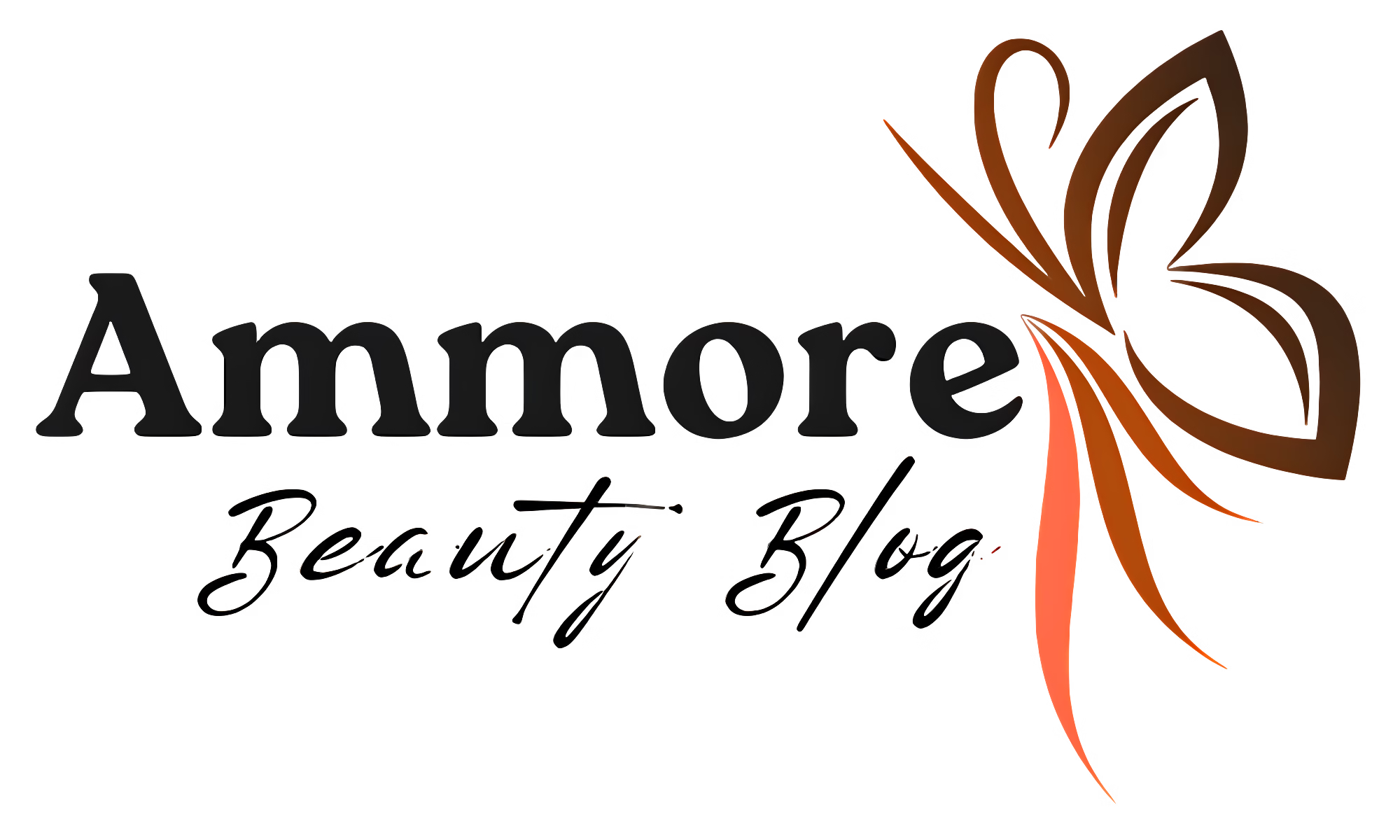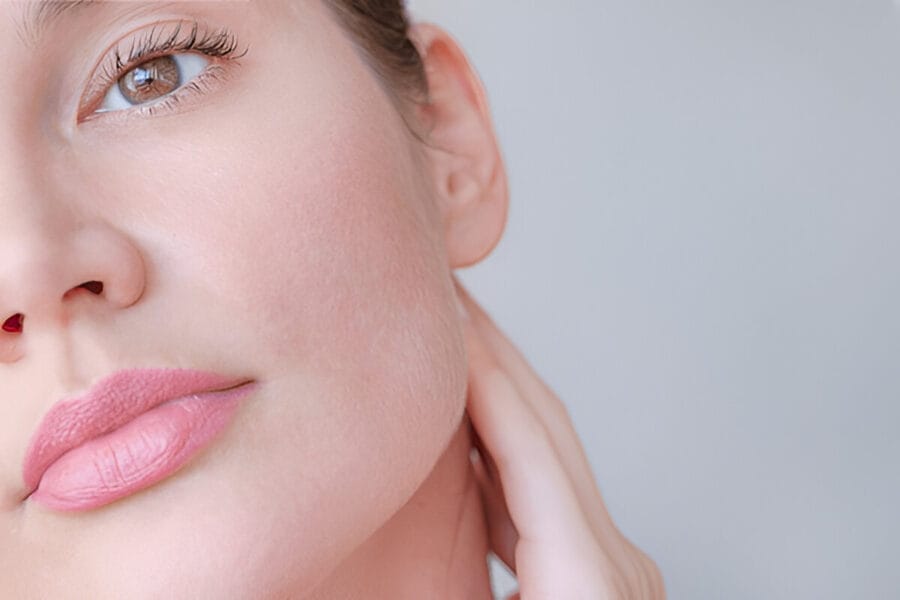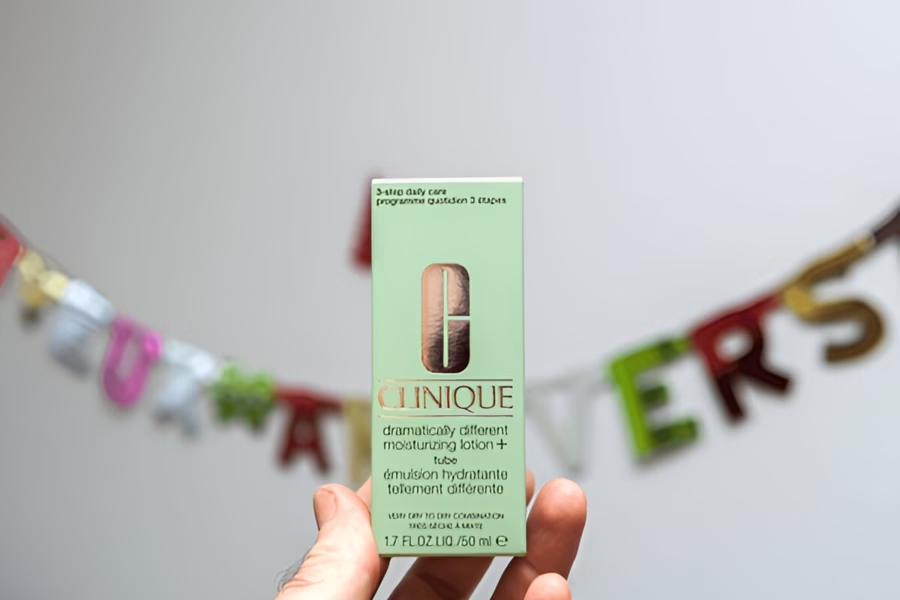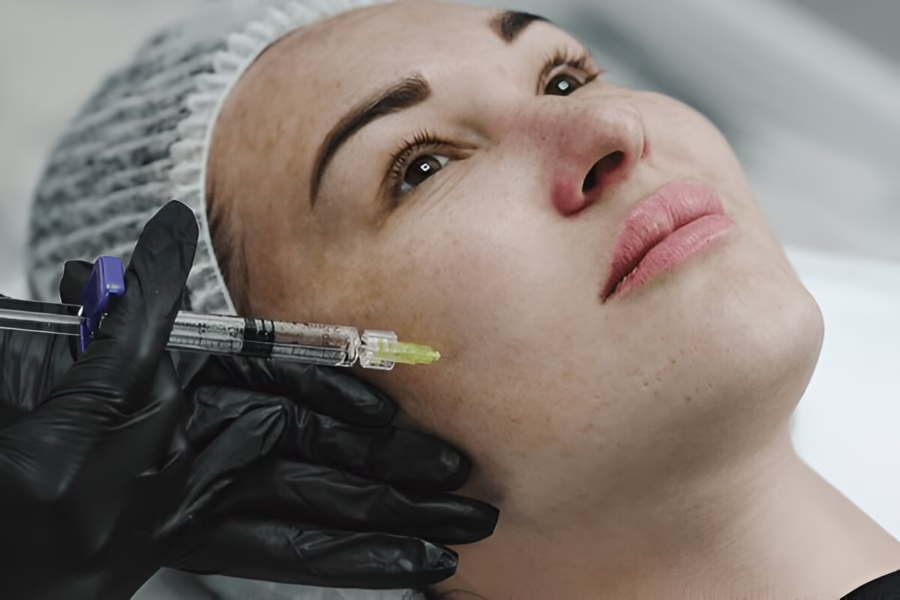Acne scars can be a frustrating reminder of past breakouts. Fortunately, dermal fillers offer a promising solution for smoothing out these imperfections. With advancements in cosmetic dermatology, fillers have become an effective treatment for various scar types, providing smoother, healthier-looking skin. This blog will explore the best fillers for treating acne scars and help you choose the one that fits your needs.
In This Article
- What Are Dermal Fillers?
- How Do Dermal Fillers Work for Acne Scars?
- The Best Fillers for Acne Scars
- What to Consider Before Choosing a Filler
- What to Expect During the Procedure
- Aftercare Tips for Best Results
- Are There Any Risks?
- The Science Behind Fillers and Collagen Stimulation
- Combining Fillers with Other Treatments
- Comparing Fillers: Which One Is Right for You?
- Real-Life Success Stories
- Conclusion
What Are Dermal Fillers?
Dermal fillers are injectable substances designed to restore lost volume, smooth lines, and enhance facial contours. While they are primarily known for their anti-aging properties, they are also effective for addressing certain types of acne scars. These fillers work beneath the skin’s surface to create a more even texture and appearance.
How Do Dermal Fillers Work for Acne Scars?
Fillers work by plumping the depressed areas of the skin, effectively lifting them to match the surrounding skin’s texture. They can also stimulate collagen production, which promotes natural healing and long-term improvements in skin appearance. For people struggling with rolling scars or boxcar scars, this treatment can make a significant difference in boosting confidence.
The Best Fillers for Acne Scars
1. Hyaluronic Acid Fillers
Hyaluronic acid (HA) fillers like Juvederm and Restylane are popular for treating rolling scars and boxcar scars. They provide immediate results and are biodegradable, meaning your body naturally absorbs them over time. Hyaluronic acid also has hydrating properties, making it ideal for people with dry or combination skin.
Pros:
- Immediate results
- Hydrates the skin
- Minimal downtime
Cons:
- Temporary effects (6-12 months)
- May require repeated treatments
Ideal For: Rolling scars, boxcar scars, and those new to fillers.
2. Calcium Hydroxylapatite (CaHA) Fillers
Radiesse, a common CaHA filler, is effective for deeper acne scars. It not only fills the scars but also stimulates collagen production, leading to longer-lasting results. Calcium hydroxylapatite is thicker than hyaluronic acid, making it more suitable for pronounced depressions in the skin.
Pros:
- Stimulates collagen production
- Lasts up to 12-18 months
Cons:
- Not suitable for shallow scars
- May cause temporary swelling
Ideal For: Deep scars and individuals looking for longer-lasting results.
3. Poly-L-Lactic Acid Fillers
Sculptra is a poly-L-lactic acid filler that works by encouraging collagen production rather than simply filling scars. It’s ideal for patients looking for gradual, natural-looking improvements. Unlike other fillers, Sculptra’s effects develop over weeks, making it perfect for those seeking subtle changes.
Pros:
- Long-lasting results (up to 2 years)
- Stimulates collagen production
Cons:
- Requires multiple sessions
- Results take time to appear
Ideal For: Patients seeking gradual, long-term improvements.
4. Bellafill
Bellafill is a unique filler approved specifically for acne scars. It combines bovine collagen with polymethyl methacrylate (PMMA) microspheres to provide both immediate and long-lasting results. Unlike other fillers, Bellafill’s effects can last up to five years, making it a preferred choice for those looking for a durable solution.
Pros:
- FDA-approved for acne scars
- Long-lasting effects (up to 5 years)
Cons:
- Higher cost
- Requires allergy testing beforehand
Ideal For: Rolling scars, boxcar scars, and patients seeking a long-term solution.
What to Consider Before Choosing a Filler
Choosing the right filler depends on several factors:
- Type of Acne Scars: Some fillers work better for certain scar types, such as rolling or boxcar scars. Knowing your scar type will help you select the most effective option.
- Longevity: Decide whether you prefer a temporary or long-lasting solution. Temporary fillers are ideal for first-timers, while experienced patients may opt for longer-lasting fillers.
- Budget: Longer-lasting fillers like Bellafill may be costlier upfront but require fewer follow-ups, potentially saving money in the long run.
- Provider Expertise: Always choose a qualified dermatologist or plastic surgeon to perform the procedure. The skill of your provider greatly influences the outcome.
What to Expect During the Procedure
Getting fillers for acne scars is typically a quick and minimally invasive process. Here’s what you can expect:
- Consultation: Your dermatologist will assess your skin, discuss your goals, and recommend the best filler.
- Preparation: The provider will cleanse your skin and apply a numbing agent to minimize discomfort.
- Injection: Using a fine needle, the filler is injected into the targeted areas. The process takes about 30 minutes.
- Aftercare: You can usually resume normal activities immediately, though slight redness or swelling may occur.
Aftercare Tips for Best Results
- Avoid touching or massaging the treated areas for at least 24 hours.
- Keep your skin hydrated and follow your provider’s skincare recommendations.
- Stay out of direct sunlight to prevent irritation or discoloration.
- Use gentle cleansers and avoid exfoliating for a few days.
Are There Any Risks?
While dermal fillers are generally safe, some risks include swelling, bruising, and mild discomfort at the injection site. Rarely, more severe complications like infection or allergic reactions can occur. Always discuss potential risks with your provider to ensure you’re fully informed.
The Science Behind Fillers and Collagen Stimulation
One of the most exciting aspects of certain fillers, like Sculptra and Radiesse, is their ability to stimulate collagen production. Collagen is a protein that provides structure to your skin, keeping it firm and smooth. By promoting natural collagen growth, these fillers offer improvements that extend beyond the filler’s lifespan, making them a valuable choice for long-term benefits.
Comparing Fillers: Which One Is Right for You?
| Filler Type | Longevity | Best For | Additional Benefits |
|---|---|---|---|
| Hyaluronic Acid | 6-12 months | Rolling and boxcar scars | Hydration boost |
| Calcium Hydroxylapatite | 12-18 months | Deep scars | Collagen stimulation |
| Poly-L-Lactic Acid | Up to 2 years | Gradual improvements | Long-lasting results |
| Bellafill | Up to 5 years | Long-term scar treatment | FDA-approved for acne scars |
Combining Fillers with Other Treatments
For optimal results, dermal fillers can be combined with other treatments like microneedling or laser therapy. These procedures work synergistically to enhance skin texture and reduce scar visibility. Consult with your dermatologist to create a comprehensive treatment plan tailored to your needs.
Real-Life Success Stories
Many patients report significant improvements in their skin texture and confidence after filler treatments. For example, Sarah, a 28-year-old with boxcar scars, noticed smoother skin just weeks after her first Juvederm session. Similarly, John, who struggled with deep rolling scars, found lasting results with Radiesse.
Prep Your Skin: Before any filler treatment, maintain a consistent skincare routine with gentle exfoliation and hydrating products to ensure your skin is ready for optimal results.

Conclusion
Dermal fillers offer an effective, minimally invasive way to improve the appearance of acne scars. Whether you opt for hyaluronic acid fillers, collagen stimulators, or long-lasting options like Bellafill, there’s a solution tailored to your skin’s needs. Consult with a qualified dermatologist to determine the best treatment plan for you and take the first step toward smoother, more confident skin.
Related Links:
How to Choose the Right Dermatologist for Fillers
Filler for Acne Scars: Everything to Know About the Minimally Invasive Treatment
“If you found this guide on the best fillers for treating acne scars helpful, let us know your thoughts in the comments below! Have you tried any of these fillers or other treatments? Share your experience and tips—we’d love to hear from you. Don’t forget to share this post with friends who might benefit from it, and let’s spread the confidence of smoother, scar-free skin together! ✨”





